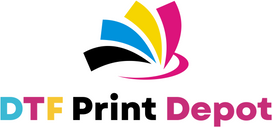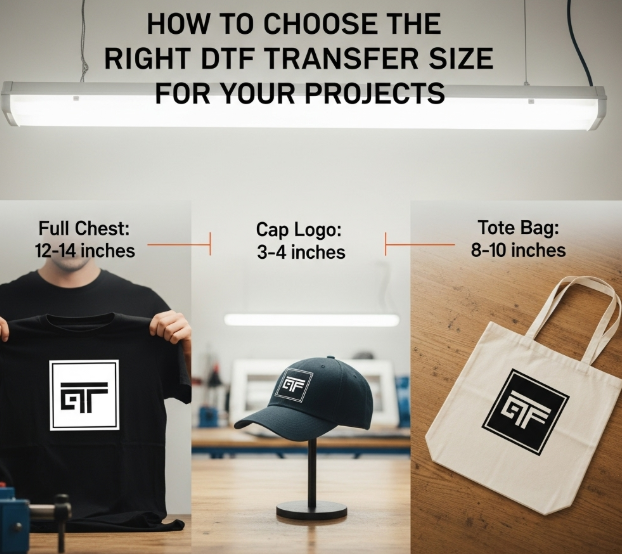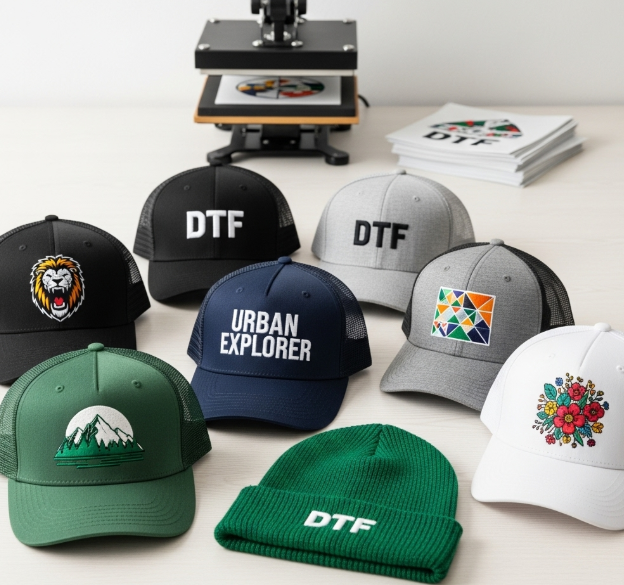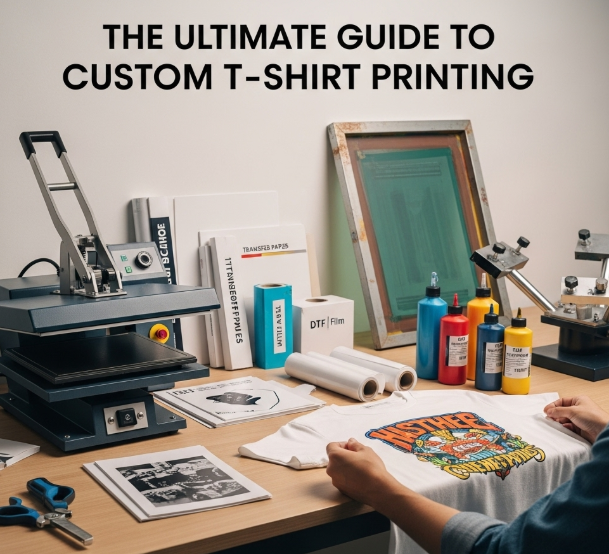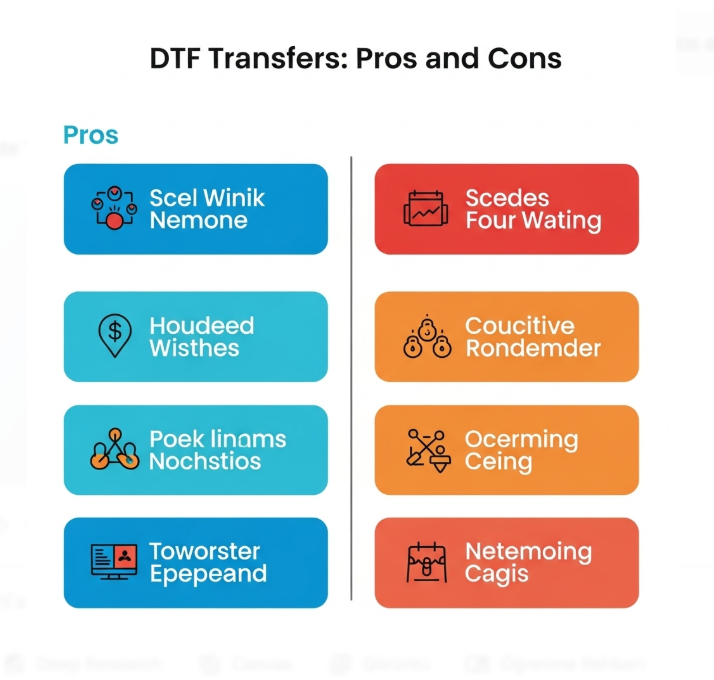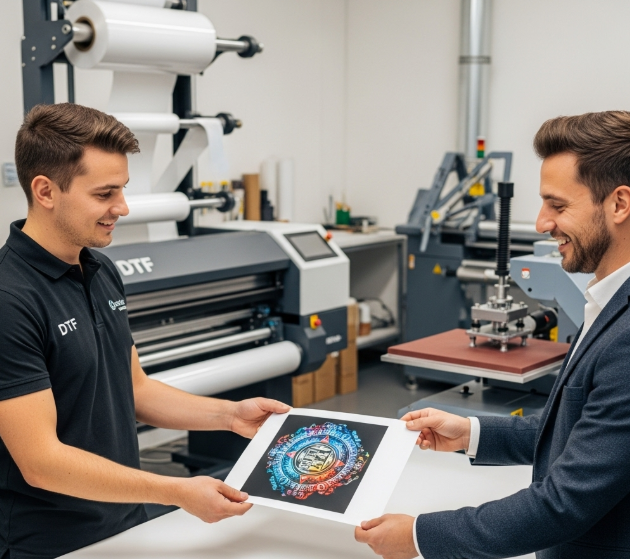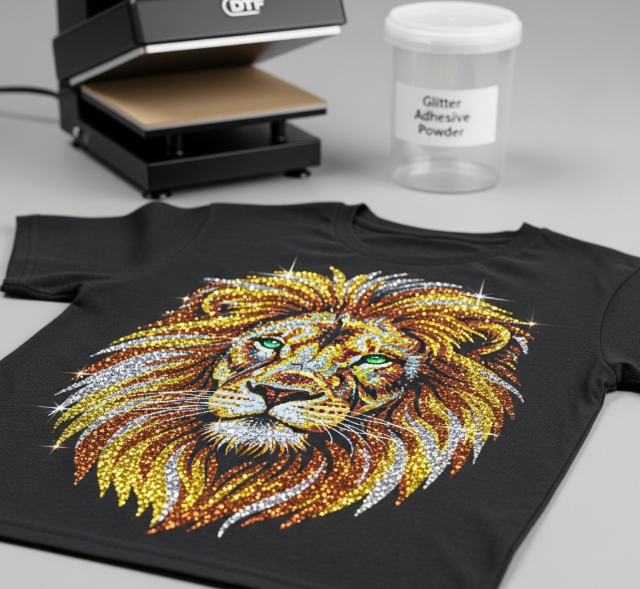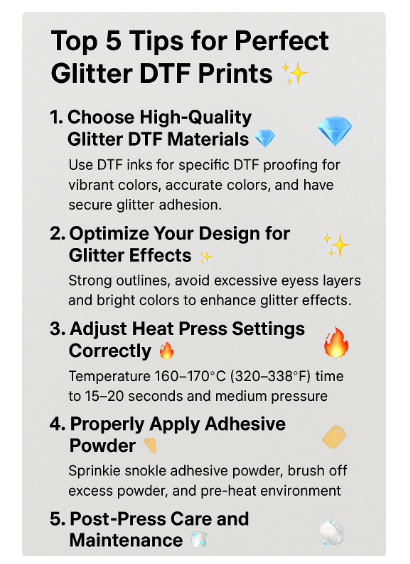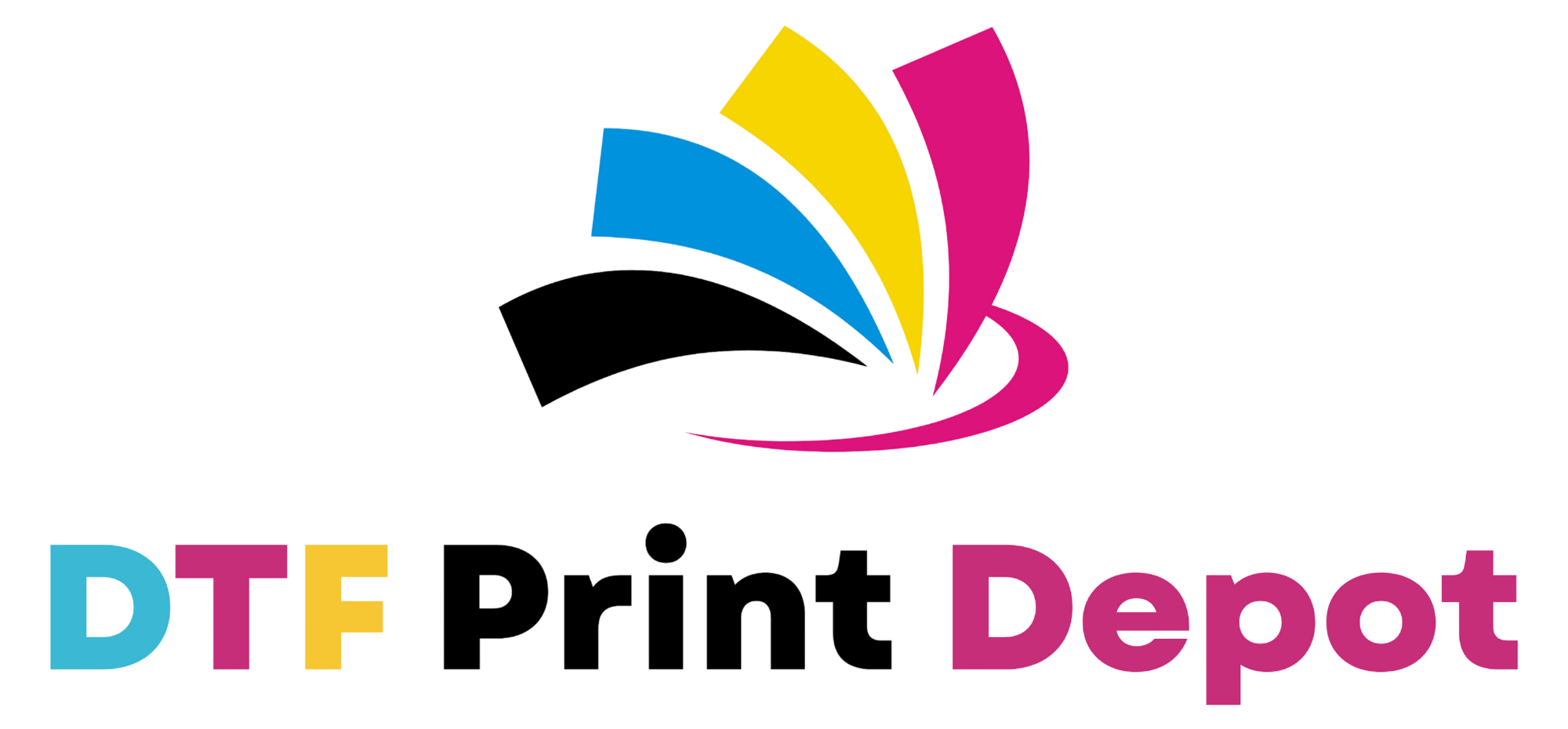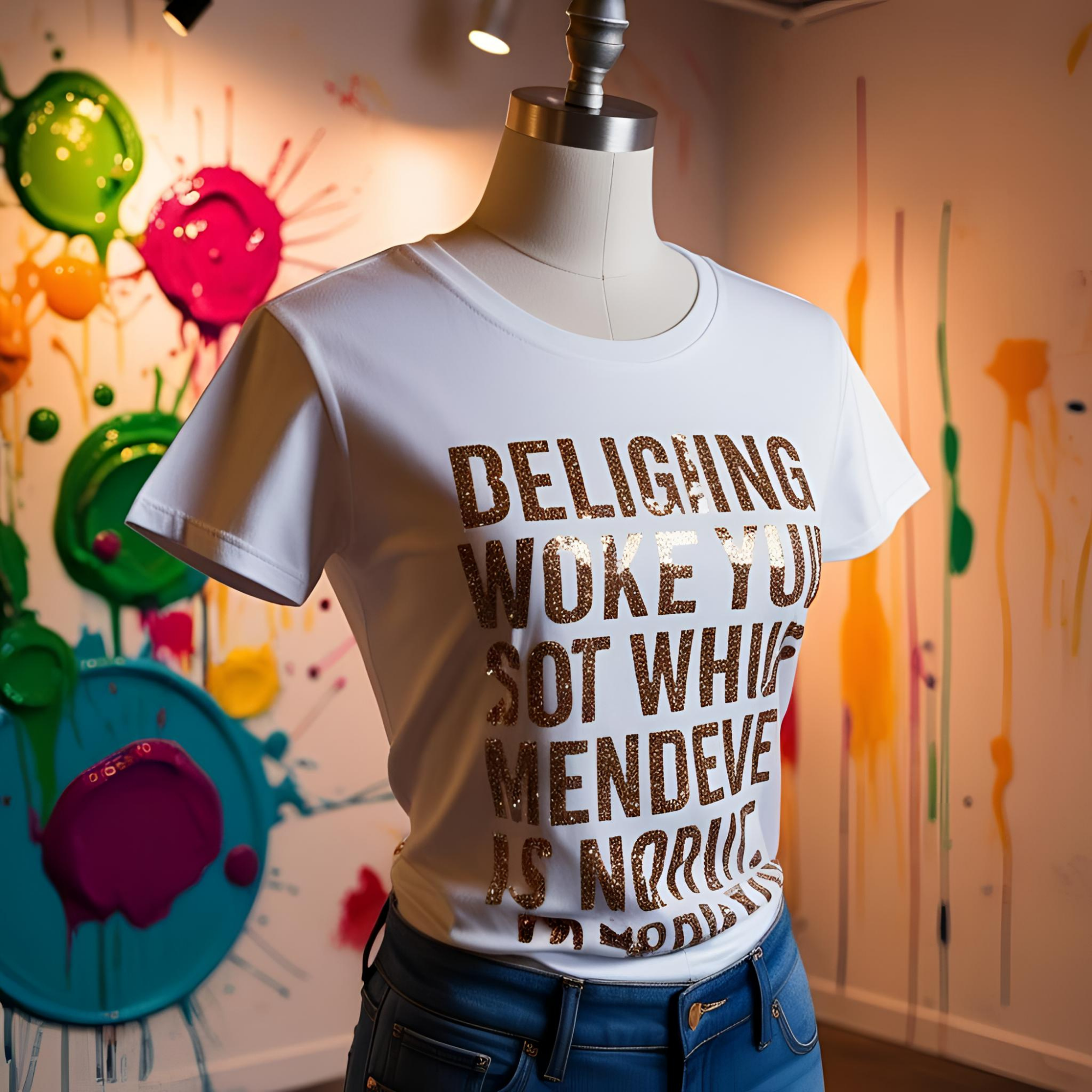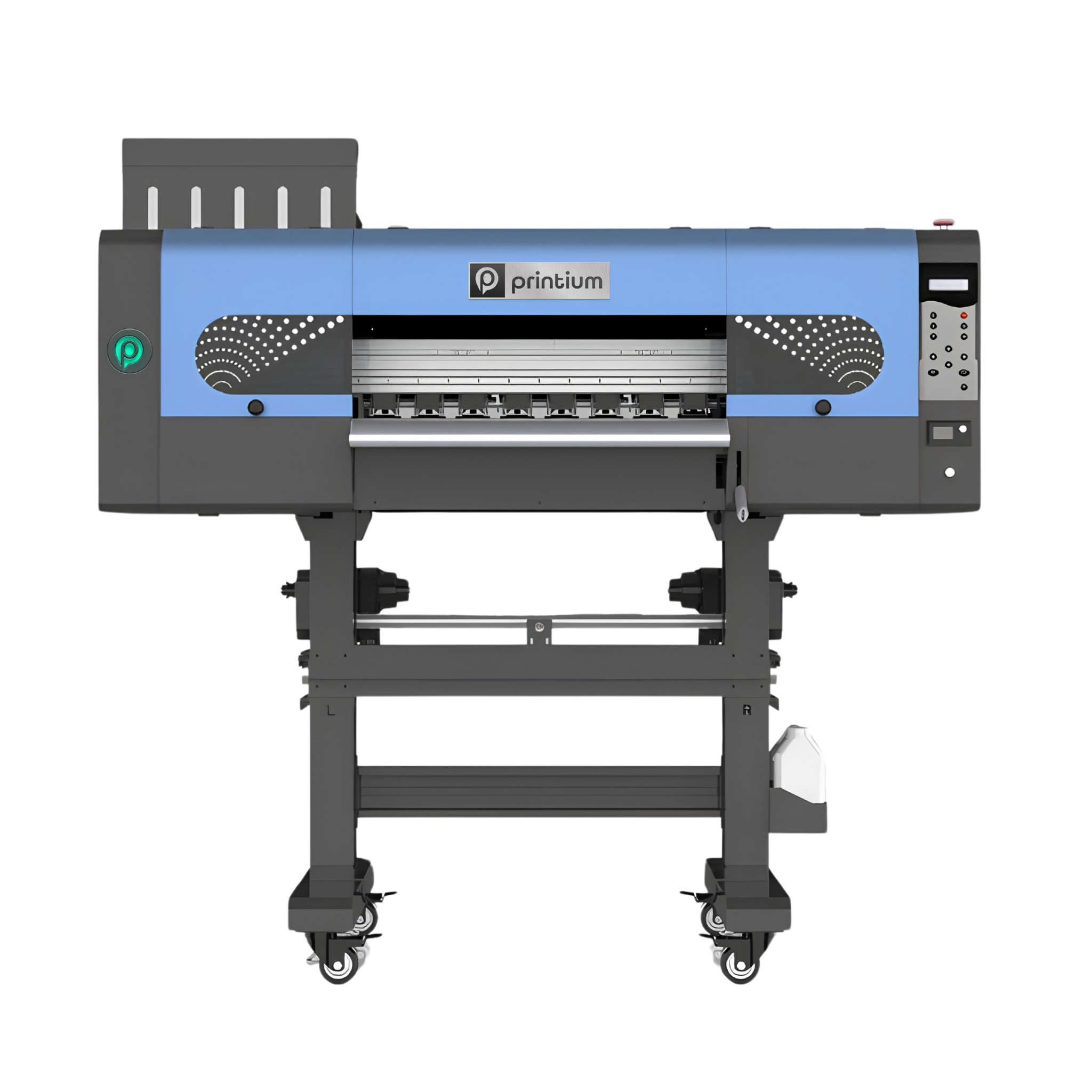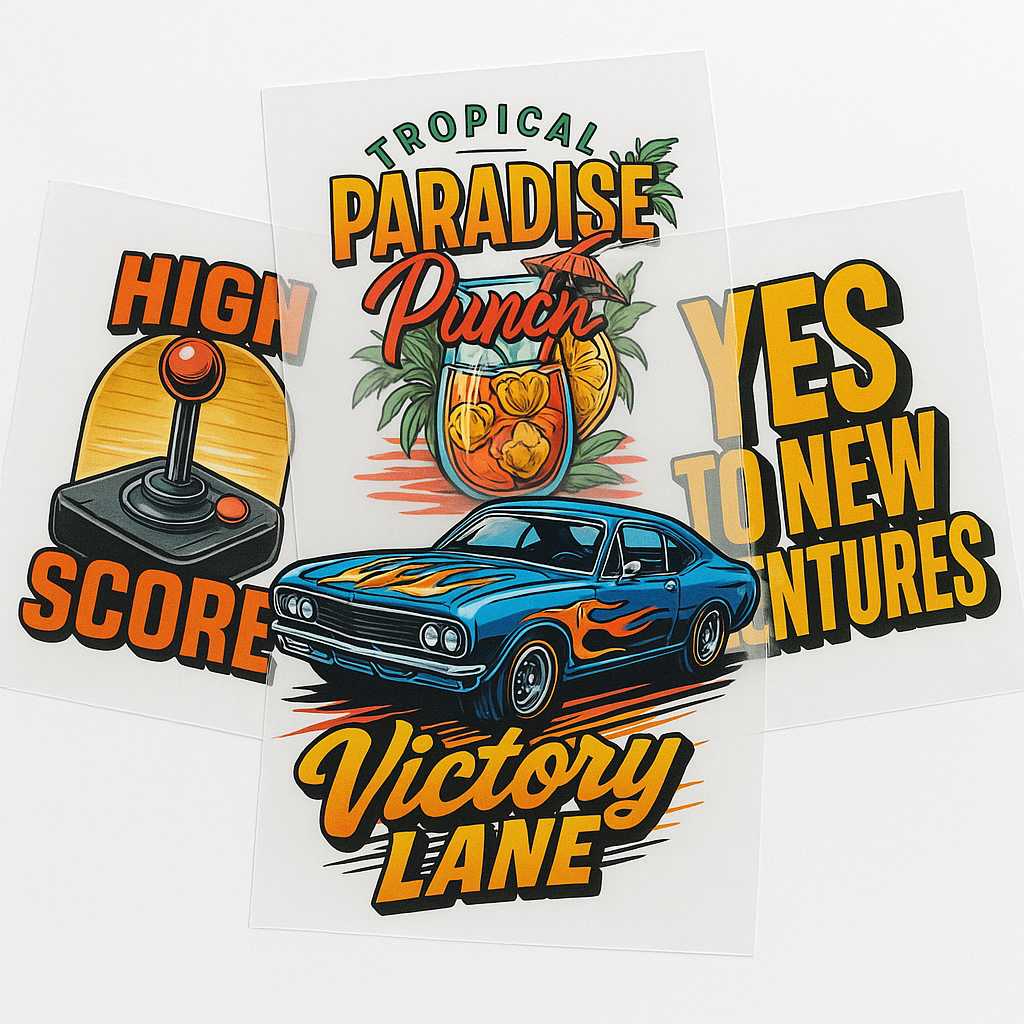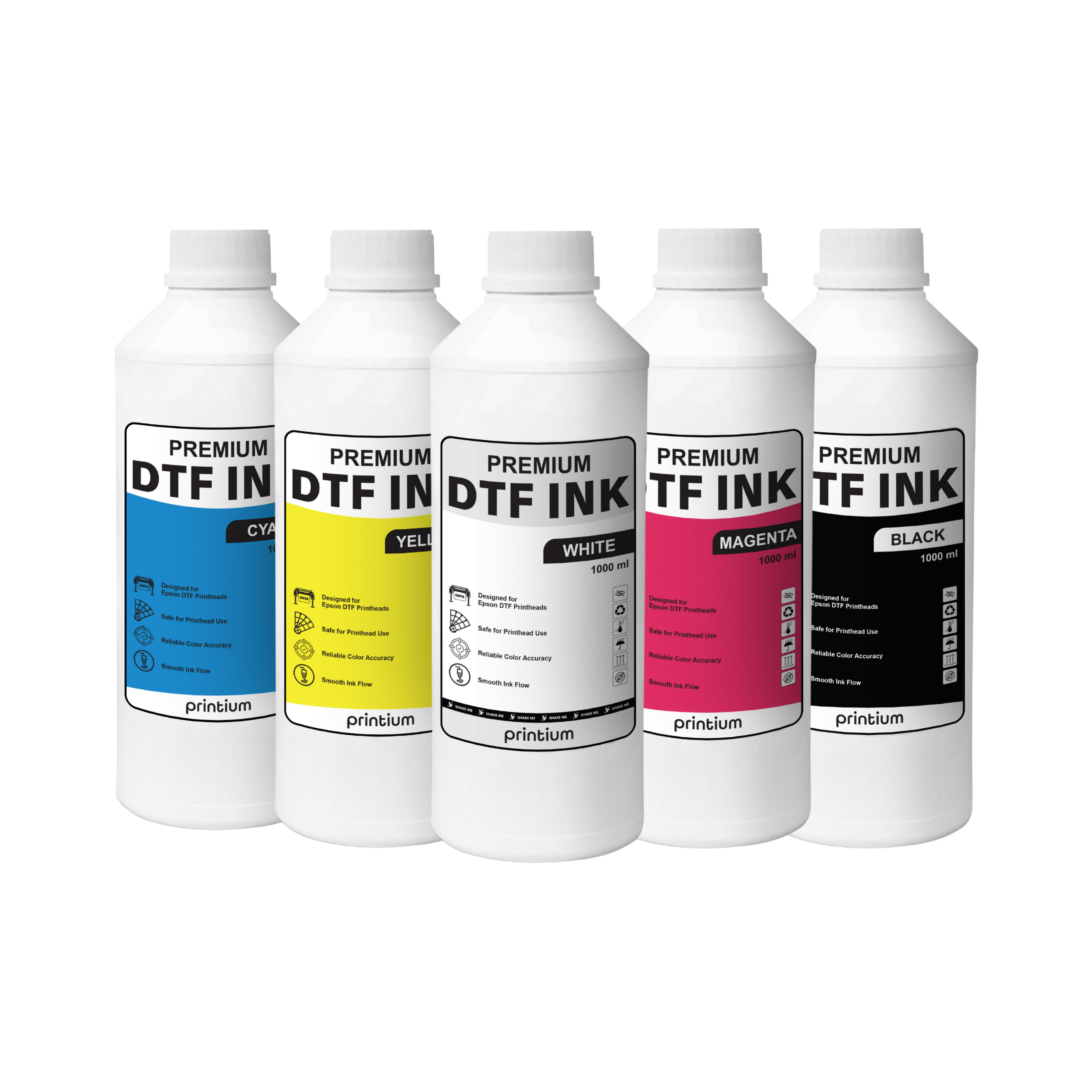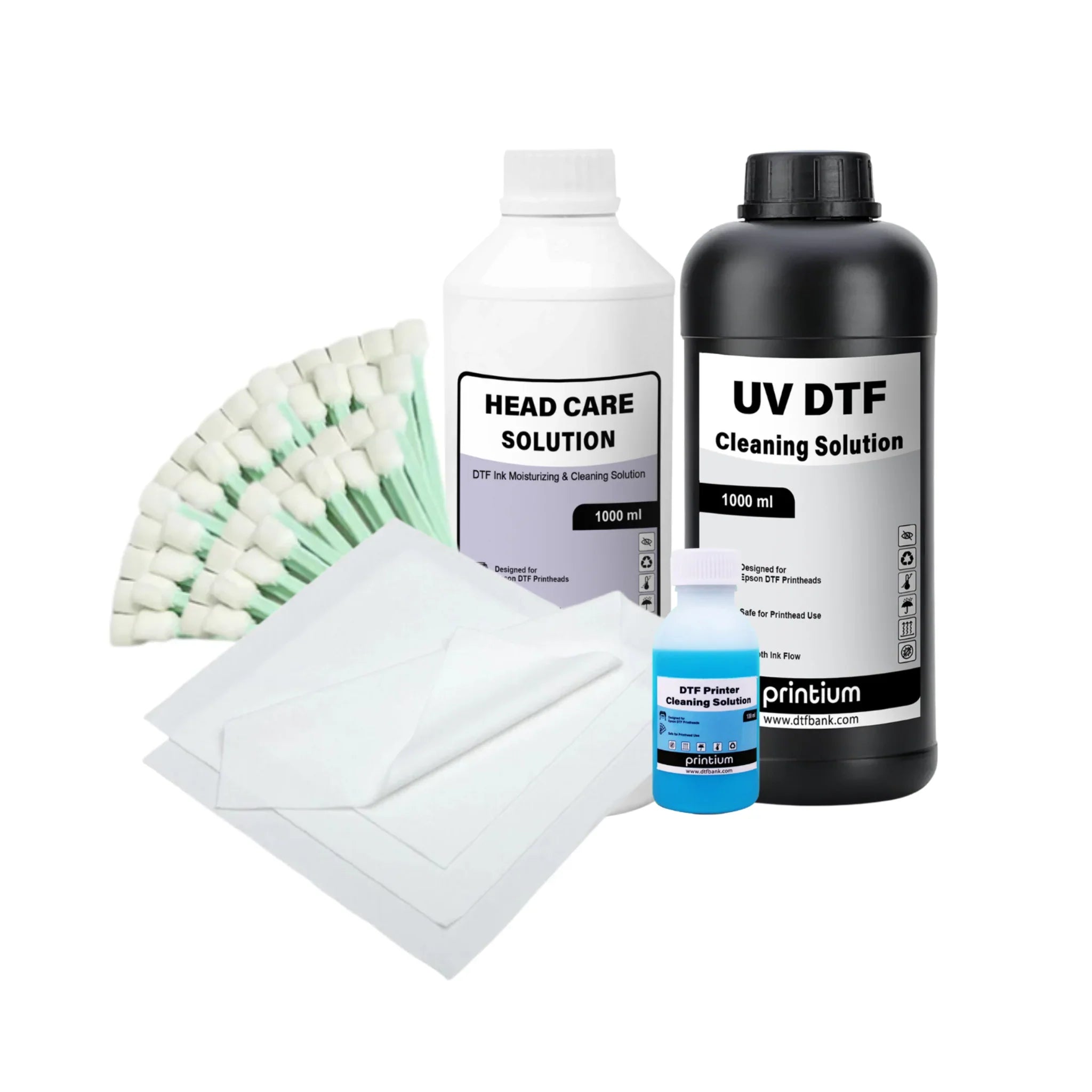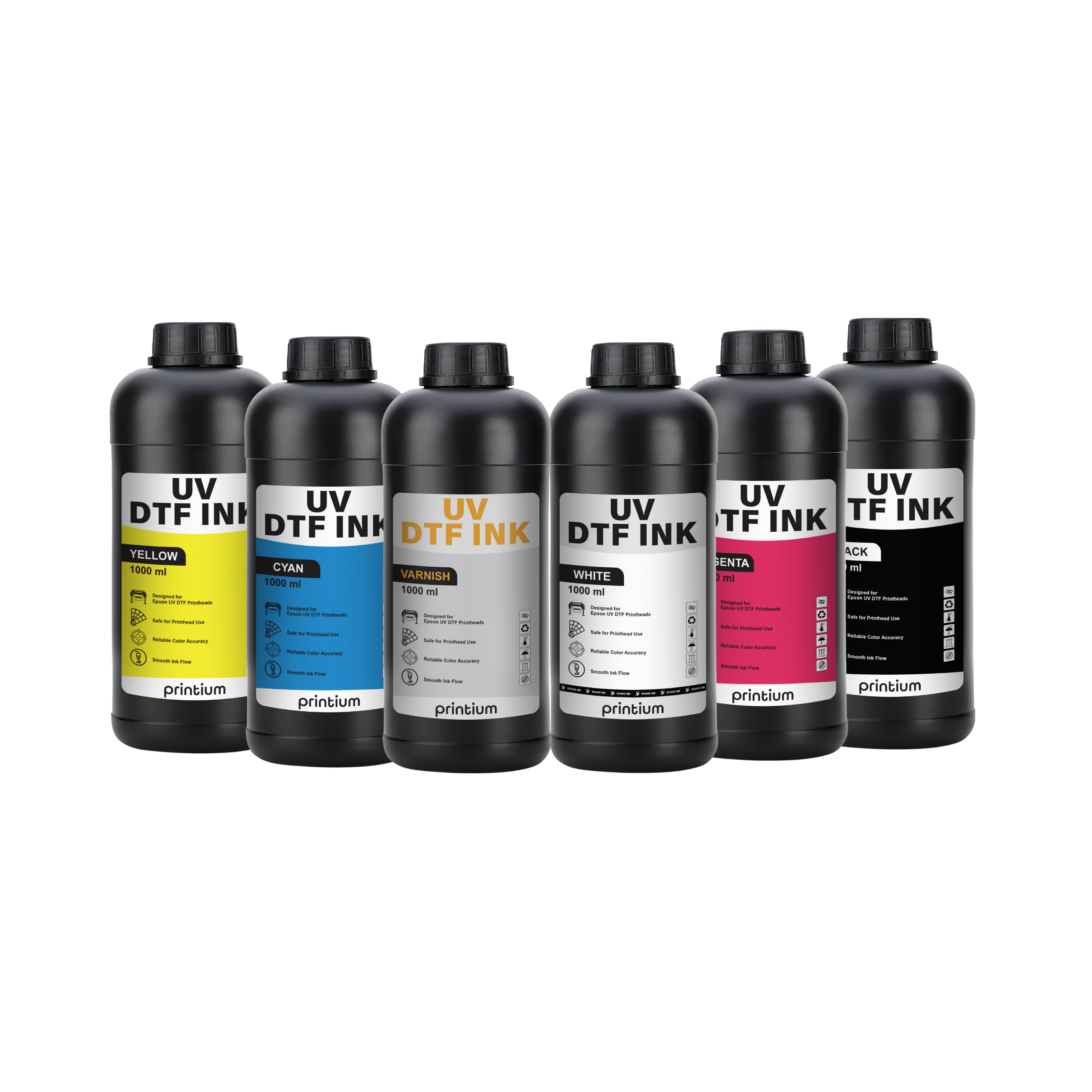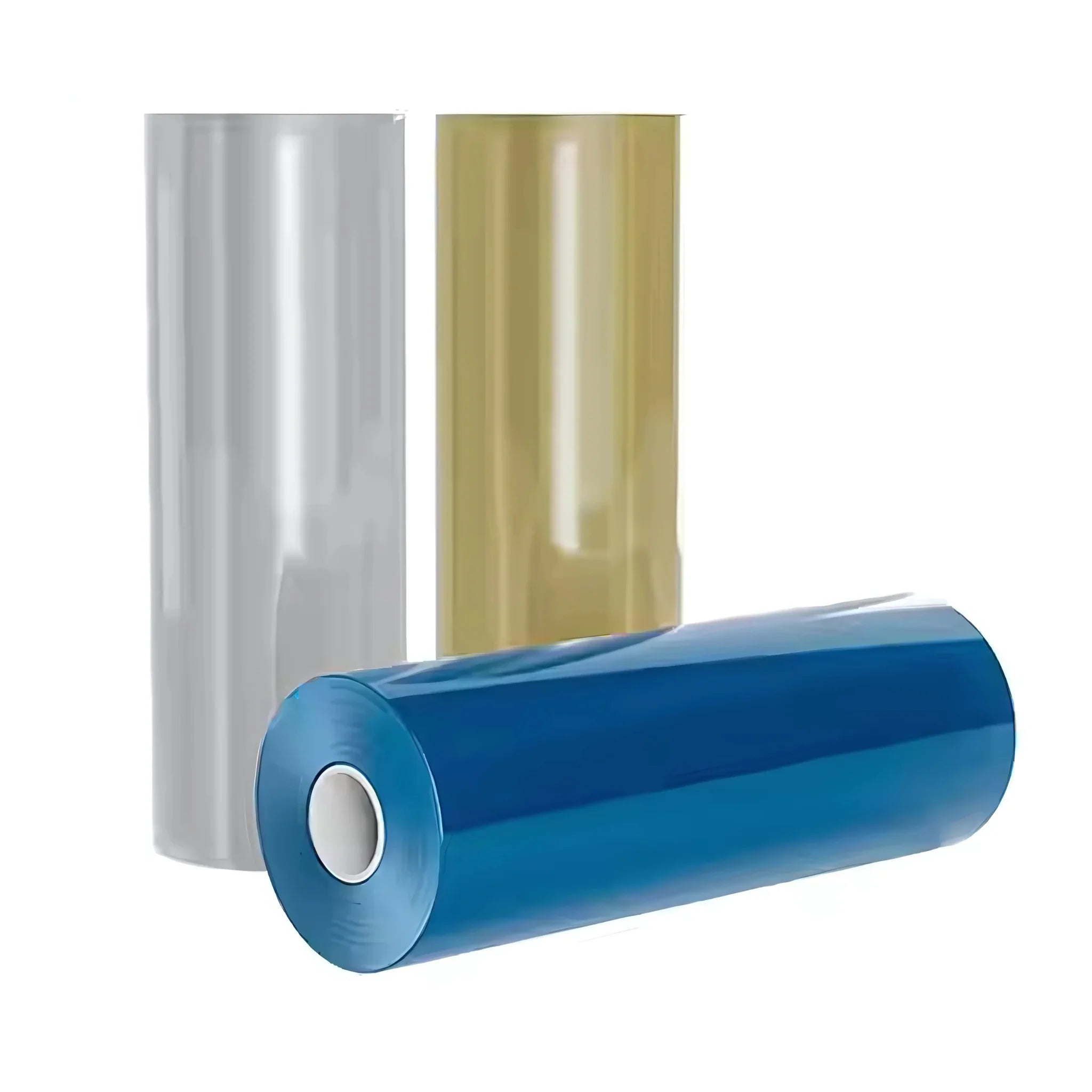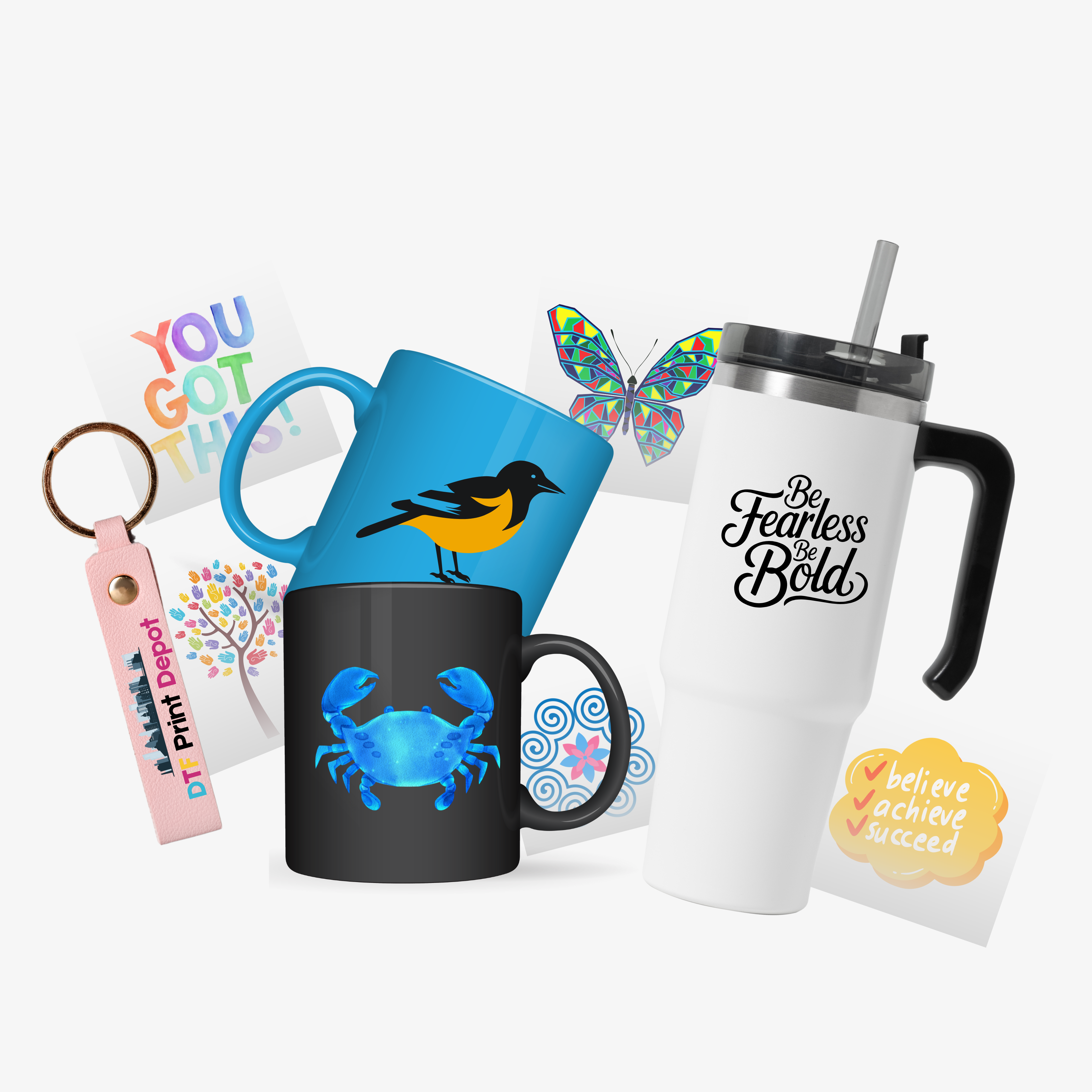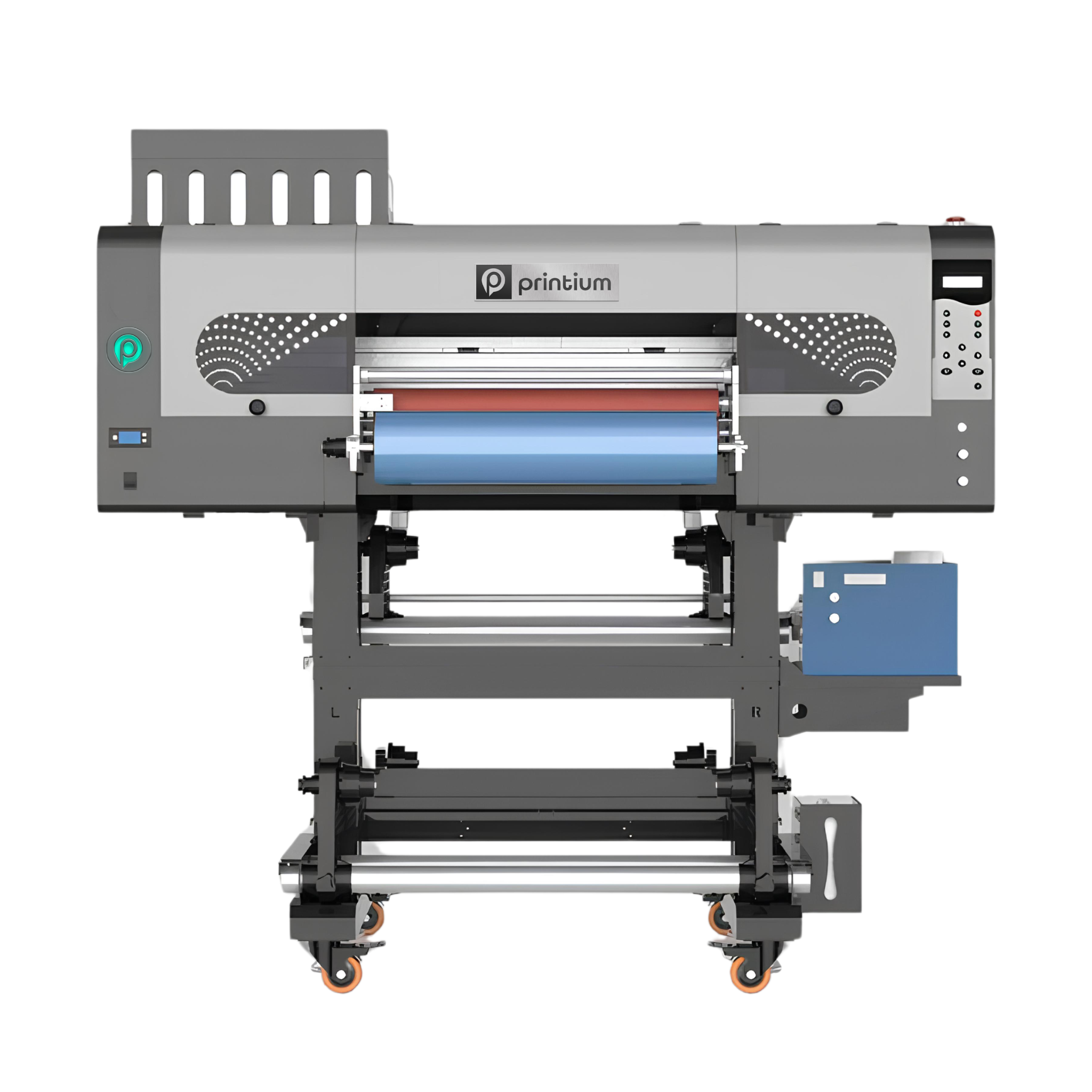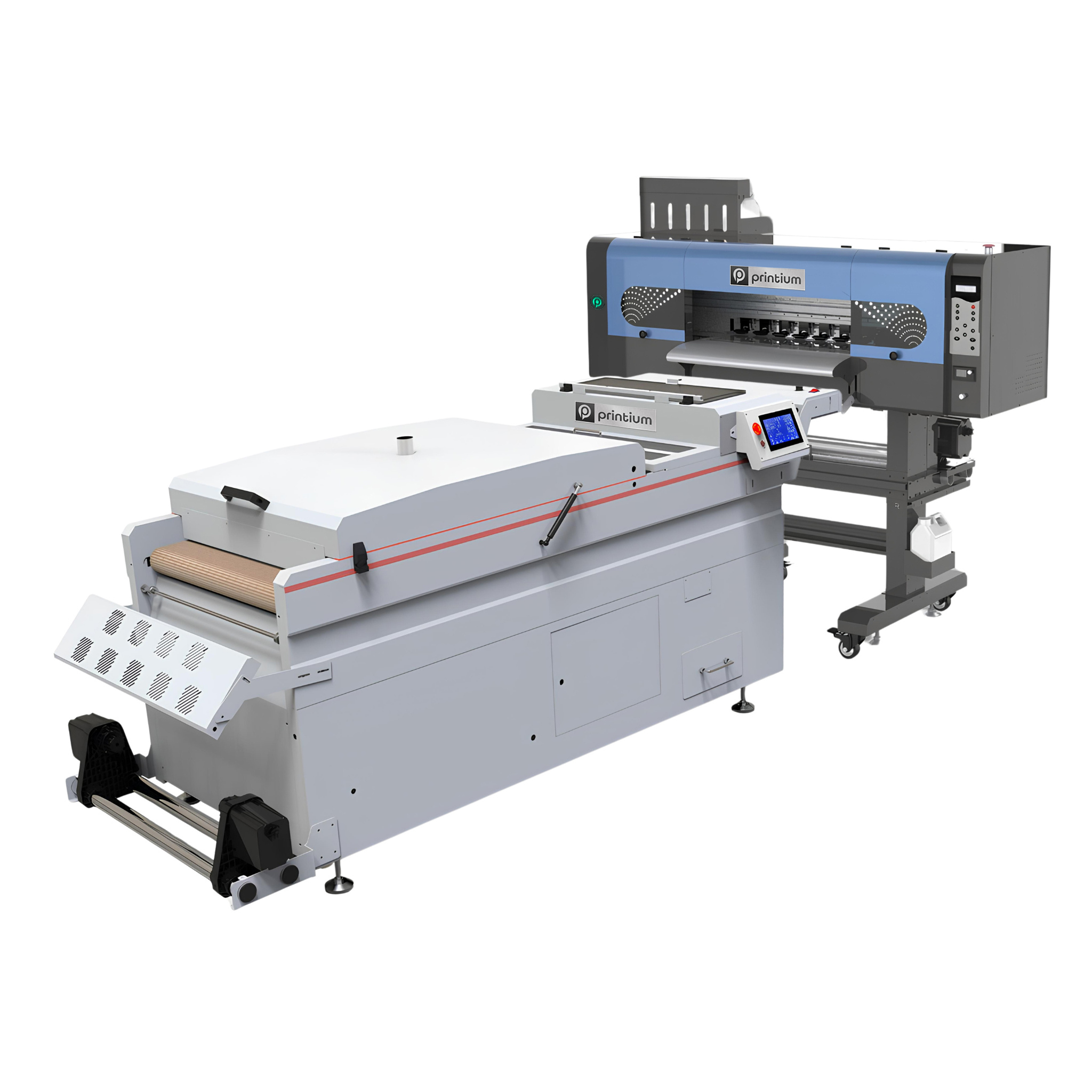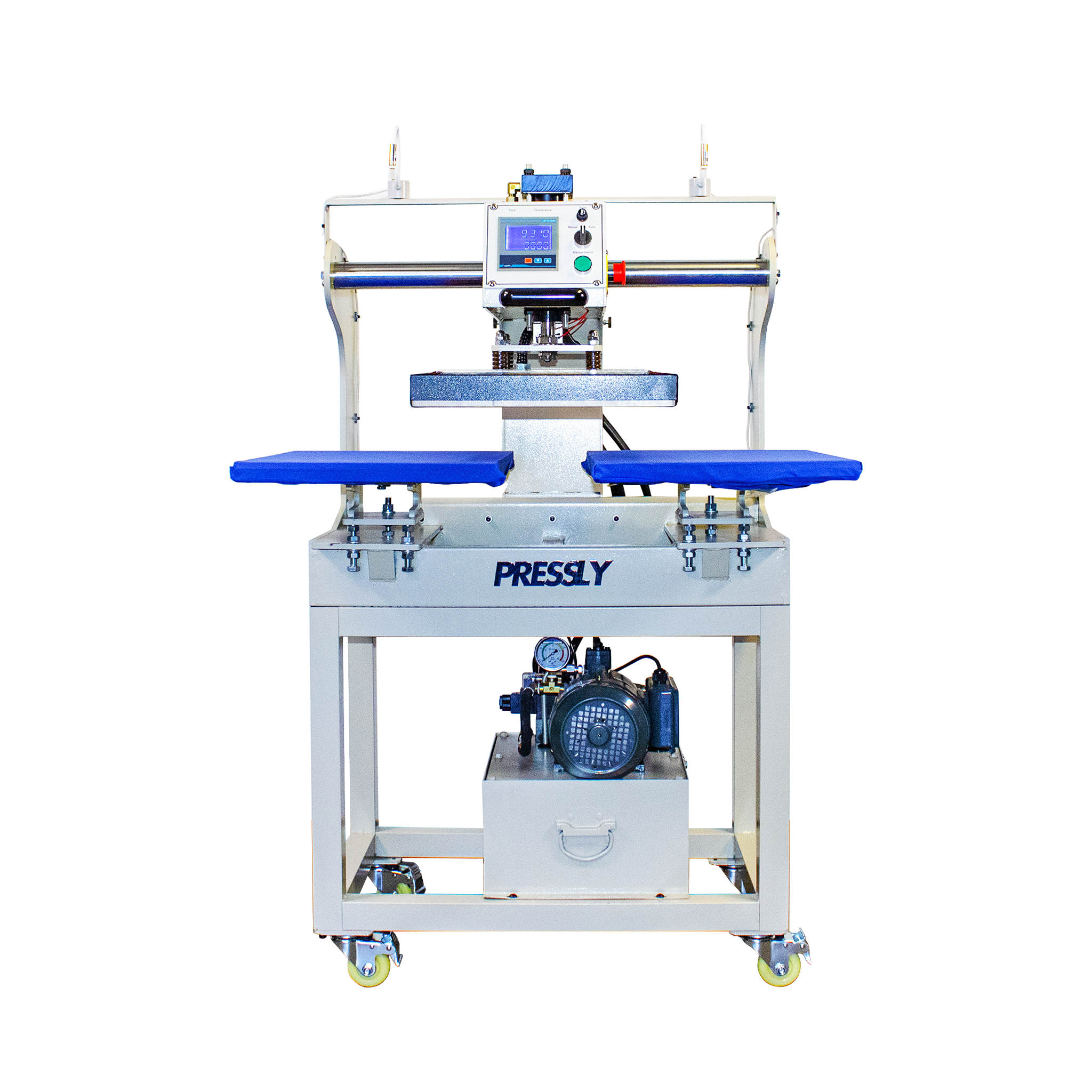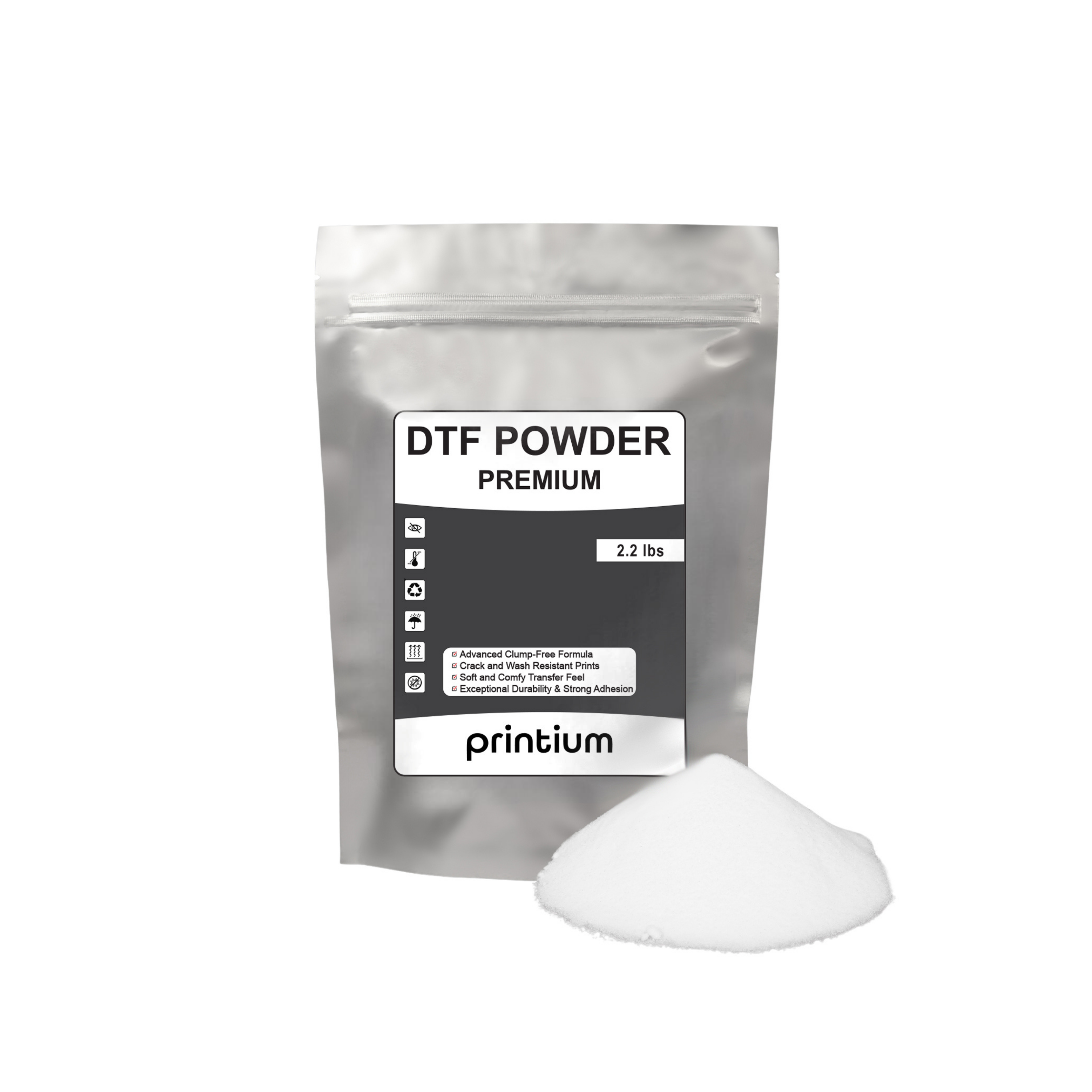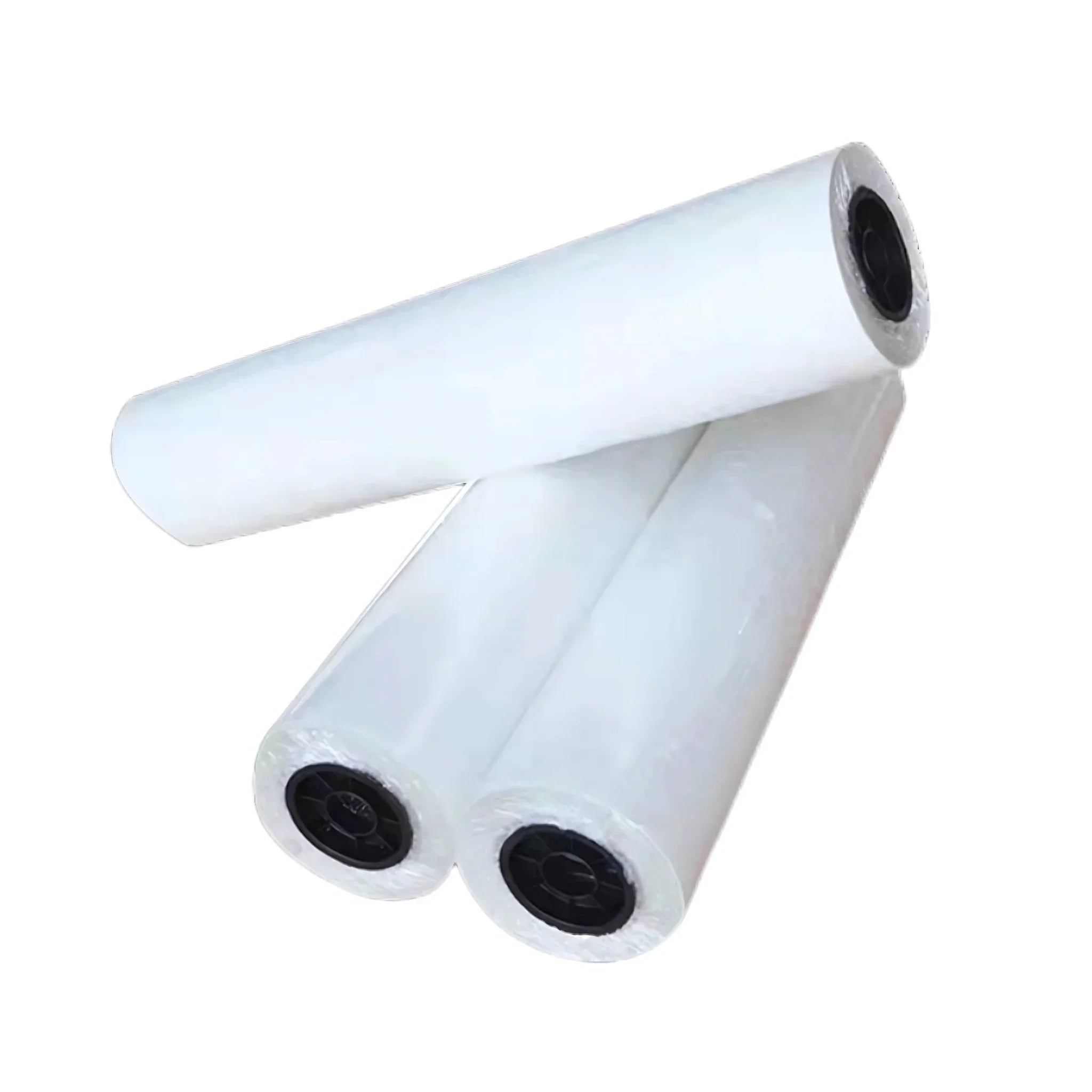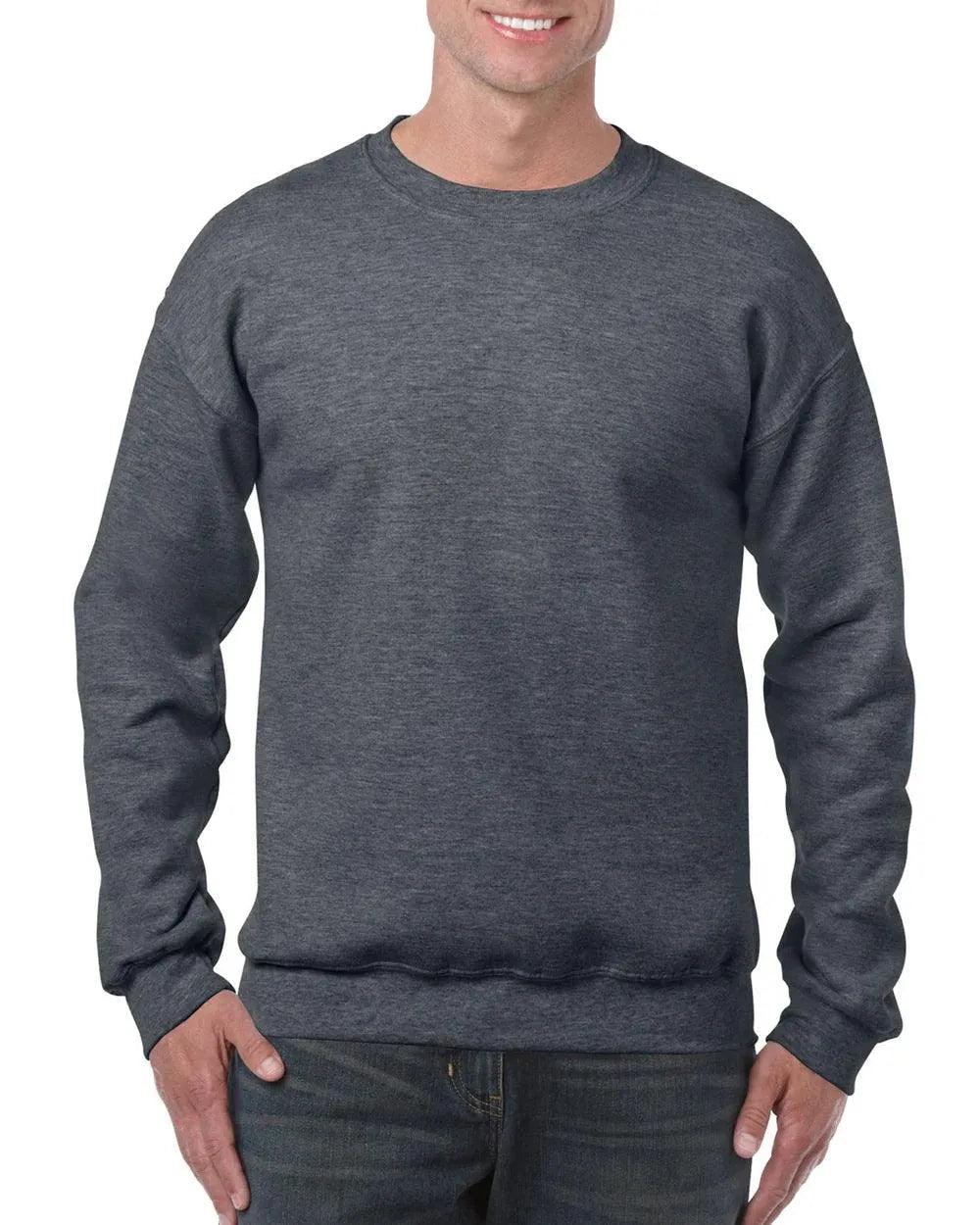
DTF Transfers by Size
How to Choose the Right Size for Your Projects
When it comes to custom apparel and product design, one of the most crucial decisions is choosing the right size for your Direct-to-Film (DTF) transfers. The size of your transfer can make a huge difference in the visual impact, durability, and overall aesthetic of your custom products. Whether you’re creating t-shirts, hoodies, bags, or other custom items, understanding how to select the correct size for your DTF transfers is essential to achieving a polished, professional result. In this blog post, we’ll guide you through the process of choosing the right transfer size for your custom projects.
Why Choosing the Right Size Matters for DTF Transfers
Selecting the right size for your DTF transfers is important for several reasons:
-
Visual Balance: A transfer that’s too small or too large for the garment can disrupt the design balance, making the item look either unfinished or too busy.
-
Design Visibility: The size of the design influences how visible and impactful your artwork is. A smaller design may get lost on a large garment, while a larger design on a small item can overwhelm the overall look.
-
Fabric and Fit Considerations: The fabric type and fit of the garment also impact the transfer size. For instance, a fitted shirt may need a smaller design, while a loose-fitting hoodie or bag may look better with a larger transfer.
-
Cost-Effectiveness: Larger transfers use more material, so you want to ensure you're not over-sizing your designs and wasting materials unnecessarily.
Common Sizes for DTF Transfers
When ordering DTF transfers, you'll typically find a few standard size options. These include small, medium, and large sizes, and each works best for specific types of designs and placements. Let’s take a look at when each size is most appropriate:
1. Small Transfers
Small transfers are perfect for logos, small graphics, or text that you want to place on areas like the chest, sleeve, or pocket of a t-shirt or hoodie. These transfers are often used for minimalist designs or branding, where subtlety is key.
-
Ideal for: Logos, small text, pocket prints, and custom accessories (hats, socks, etc.).
-
Design Placement: Left chest, sleeves, or small areas of custom accessories.
-
Best Use: Personal branding, sports teams, and subtle customizations.
2. Medium Transfers
Medium-sized transfers are the most versatile and are typically used for standard designs on the front or back of t-shirts, sweatshirts, and other garments. These transfers provide enough space for intricate designs or more prominent logos while still being proportionate to the size of the garment.
-
Ideal for: Logos, graphics, and larger designs that don’t take up the entire space of the garment.
-
Design Placement: Center chest, back of t-shirts, or on the front of medium-sized garments.
-
Best Use: Team shirts, merchandise, custom fashion, and promotional items.
3. Large Transfers
Large transfers are perfect for bold statements. These designs usually cover the entire front or back of a garment and are best for creating maximum visual impact. They’re used when you want the design to be the focal point of the garment.
-
Ideal for: Large artwork, full-back designs, and statement graphics.
-
Design Placement: Full front or back of a t-shirt, hoodie, or larger items like blankets.
-
Best Use: Fashion-forward designs, event shirts, and custom art pieces.
How to Choose the Right Size for Your Design
Choosing the right size for your DTF transfer isn’t just about picking small, medium, or large. It requires considering a few factors that ensure your design looks great and works well with the garment.
1. Consider the Garment Type and Fit
The type and fit of the garment you’re printing on play a crucial role in determining the appropriate transfer size. A small shirt will need a smaller transfer to avoid looking cramped, while a larger garment like a hoodie or sweatshirt can handle a larger design.
-
T-Shirts & Hoodies: For these garments, medium to large transfers work best depending on how big you want the design. The transfer should generally cover the center of the chest or back without overwhelming the garment.
-
Baby & Kids Clothing: Smaller transfers are ideal for these sizes to maintain a proportionate and cute design.
-
Bags & Accessories: Transfers for these items should be chosen based on the available surface area, with smaller to medium designs often looking best.
2. Design Complexity
The complexity of your design should also guide your decision. Detailed designs may require smaller sizes to maintain clarity, while bold, simple graphics can look great in larger sizes. Always make sure that the level of detail in your design doesn’t get lost in the transfer due to resizing.
-
Intricate Designs: Opt for medium or small transfers to keep the details crisp and legible.
-
Bold Statements: Large transfers are ideal for large, impactful designs with minimal detail.
3. Garment Placement
Think about where you want to place the design on the garment. For example, if you're creating a design for the back of a shirt, a large transfer may be appropriate. For smaller areas like the chest or sleeves, smaller transfers work better.
-
Chest Area: Small to medium transfers are most commonly used for logos, brand names, and text.
-
Back of the Shirt: Larger transfers work best for full-back designs, team logos, or bold graphics.
4. Measure the Area of Application
Before committing to a transfer size, always measure the area where the design will be placed. This ensures that the size of the transfer will fit properly and give your design the desired impact.
Tips for the Best Results with DTF Transfers
-
Test Your Design: Always test the design on a similar garment before making your final decision. This helps you visualize the design’s size and placement, allowing adjustments if necessary.
-
Check Fabric Compatibility: Ensure your fabric type is suitable for the size of the transfer. Some fabrics stretch or shrink, so sizing adjustments may be necessary for perfect application.
-
Consult a Professional: If you’re unsure about sizing, consult with your DTF printing provider. They can recommend the ideal transfer size based on your design and garment.
Final Thoughts
Choosing the right size for your DTF transfers is a crucial step in the custom printing process. The proper size ensures that your design looks professional, fits well, and makes the desired impact. Whether you’re creating custom t-shirts, bags, or accessories, taking the time to choose the right transfer size will help you achieve the best results and make your custom products shine.
Now that you understand how to choose the right size for your DTF transfers, you can confidently create high-quality, visually appealing custom apparel that your clients or audience will love.
Check Out Our Other Products
More information
